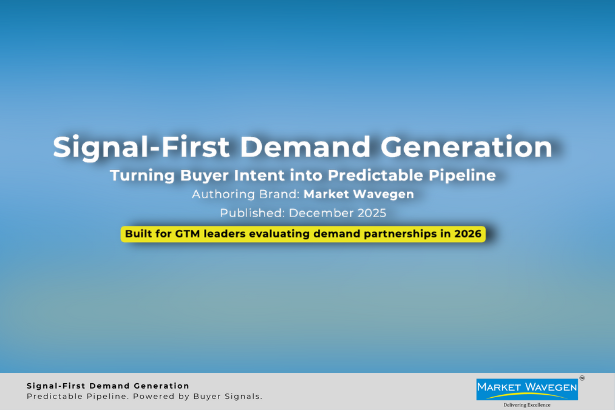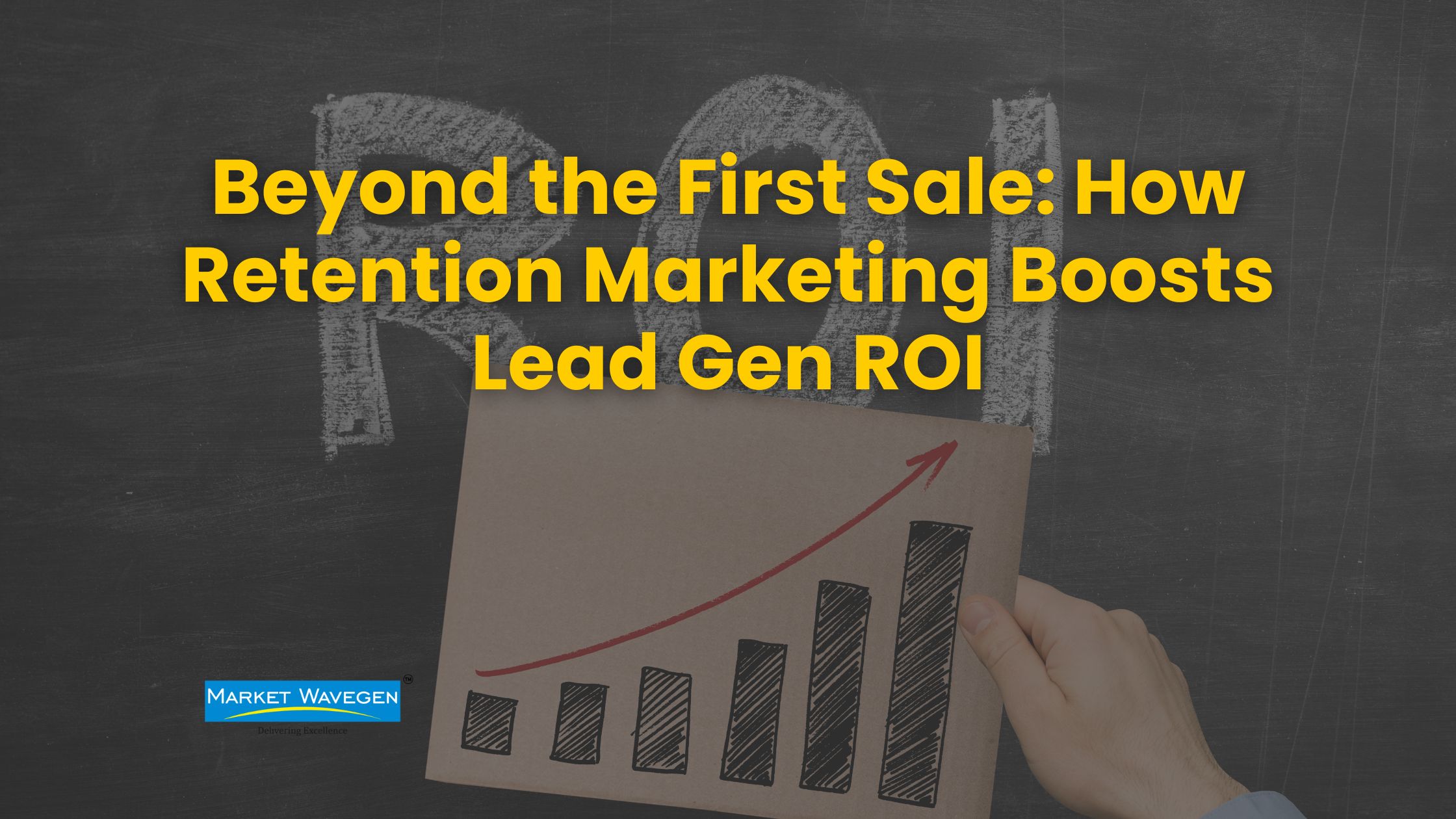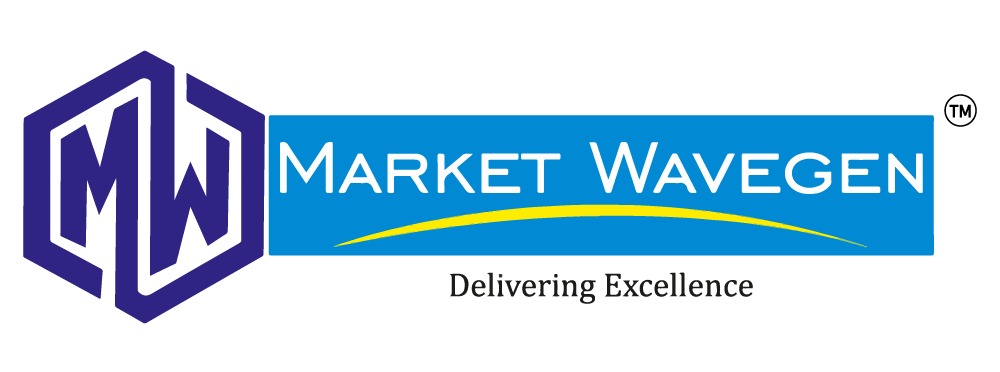In today’s ever-evolving digital landscape, businesses face an ongoing challenge: how to effectively reach and engage their target audience in the B2B sector. The answer to this challenge lies in a powerful strategy known as Account-Based Marketing (ABM). In this article, we will explore how ABM can be your bridge to marketing excellence and how integrating an Intelligent Database into your ABM strategy can supercharge your efforts.
Now, let’s delve into these topics in detail and discover how ABM, combined with Intelligent Databases, can elevate your B2B marketing endeavours.
Understanding Account-Based Marketing
What is ABM, and why is it essential for B2B marketing?
Account-Based Marketing (ABM) is a strategic approach that focuses on targeting and engaging specific, high-value accounts rather than casting a wide net to attract any potential leads. In the B2B realm, where the sales cycle can be complex and lengthy, ABM proves to be a game-changer. It allows marketers to concentrate their resources and efforts on accounts that are most likely to convert into customers.
How does ABM differ from traditional marketing approaches?
In traditional marketing, the goal is to attract as many leads as possible and then qualify them. ABM, on the other hand, starts with identifying ideal customer profiles and tailoring marketing campaigns to meet the unique needs and preferences of those accounts. This personalized approach results in higher conversion rates and better ROI.
The Power of Personalization in ABM
Why personalization is the key to B2B marketing success.
In the era of information overload, personalization is what sets your brand apart from the competition. B2B buyers are inundated with generic content and outreach. Personalization allows you to cut through the noise by delivering highly relevant and valuable content to your target accounts. It shows that you understand their pain points and can offer solutions.
How to effectively personalize your ABM campaigns.
Personalization goes beyond addressing your recipients by their first name in an email. It involves segmenting your target accounts based on their industry, size, pain points, and buying stage. Tailor your messaging, content, and offers to resonate with each segment. Personalized content and experiences not only engage your audience but also foster trust and credibility.
The Role of Intelligent Databases in ABM
What is an Intelligent Database, and why is it crucial for ABM?
An Intelligent Database is a sophisticated system that stores and manages data while providing insights, predictions, and automation capabilities. In the context of ABM, an Intelligent Database becomes your treasure trove of information about target accounts. It consolidates data from various sources, enabling you to create a 360-degree view of your accounts.
How does an Intelligent Database enhance ABM strategies?
Intelligent Databases empower your ABM efforts by providing a wealth of actionable insights. They enable you to:
Identify accounts with the highest propensity to convert.
Predict buying behaviour and trigger personalized outreach.
Automate routine tasks, freeing up your team for strategic activities.
Measure the impact of your ABM campaigns with precision.
In essence, Intelligent Databases serve as the backbone of your ABM strategy, ensuring that you have the right data and tools to drive results.
Building Your Bridge to Marketing Excellence
Steps to implementing ABM with an Intelligent Database.
Identify Your Ideal Customer Profiles (ICPs): Begin by defining the characteristics of accounts that are most likely to benefit from your offerings. This involves analysing your current customer base and market research.
Data Collection and Integration: Gather data from various sources, including CRM systems, marketing automation platforms, and external databases. An Intelligent Database can seamlessly integrate and centralize this data.
Segmentation: Divide your target accounts into segments based on factors such as industry, company size, and buying stage. This segmentation will guide your personalized marketing efforts.
Content Creation: Develop content that speaks directly to the pain points and needs of each segment. This may include whitepapers, case studies, webinars, and more.
Personalized Outreach: Use the insights from your Intelligent Database to craft tailored messages and offers for each account. This could involve email marketing, social media, or even personalized direct mail.
Multi-Channel Engagement: Implement a multi-channel approach to reach your target accounts where they are most active. This ensures that your message doesn’t get lost in the noise.
Measure and Optimize: Continuously monitor the performance of your ABM campaigns using the data from your Intelligent Database. Adjust your strategies based on what’s working and what’s not.
Real-world examples of successful ABM campaigns.
To illustrate the effectiveness of ABM with Intelligent Databases, let’s look at a couple of real-world scenarios:
Case Study: A Mid-Sized Technology Product Company
In this illuminating case study, we unveil the remarkable transformation of a mid-sized technology product company as they harnessed the potential of Market Wavegen’s Intelligent Database for an ABM campaign. Dive into the details:
Challenge:
Our client, a mid-sized technology product company, faced the challenge of expanding their market presence and engaging effectively with their target accounts. They needed a data-driven solution to enhance their ABM efforts.
Solution:
Precise Targeting: Leveraging Market Wavegen’s Intelligent Database, our client identified and categorized their ideal target accounts with exceptional precision, focusing their efforts where it mattered most.
Personalized Outreach: Armed with valuable insights from the database, they tailored their messaging and content to address the specific pain points and needs of each target account, creating a truly personalized experience.
Engagement and Conversions: By optimizing their ABM strategy based on Intelligent Database insights, our client witnessed a substantial increase in engagement rates, leading to a significant boost in conversions.
Results:
ROI Amplification: Our client achieved a remarkable ROI uplift as they directed their resources more effectively toward the most promising accounts.
Competitive Advantage: By outperforming competitors in their outreach, our client gained a competitive edge in their market segment.
Long-Term Success: The impact of Intelligent Database integration extended beyond the campaign, establishing a strong foundation for long-term customer relationships.
These case studies demonstrate how ABM, when powered by Intelligent Databases, can yield impressive results and drive marketing excellence.
Measuring the Impact of ABM with Intelligent Databases
Key metrics to track the success of your ABM strategy.
When it comes to measuring the impact of your ABM campaigns, several key metrics should be on your radar:
Account Engagement: Monitor the level of interaction and engagement your target accounts have with your content and outreach efforts.
Conversion Rates: Measure the percentage of target accounts that move through the sales funnel and ultimately convert into customers.
Revenue Generated: Calculate the revenue directly attributed to your ABM efforts, including upsells and cross-sells to existing customers.
Customer Lifetime Value (CLV): Assess the long-term value of customers acquired through ABM. ABM often leads to higher CLV due to its personalized nature.
Return on Investment (ROI): Determine the return on investment for your ABM campaigns by comparing the costs incurred to the revenue generated.
Tools for monitoring and analysing ABM performance.
To effectively track these metrics, you can leverage a range of tools and platforms, including:
Marketing Automation Software: Platforms like HubSpot, Marketo, and Pardot provide robust ABM tracking capabilities.
Customer Relationship Management (CRM) Systems: Systems like Salesforce allow you to manage and analyse customer interactions.
Data Analytics Tools: Tools like Google Analytics and Tableau help you gain insights into the effectiveness of your campaigns.
Intelligent Databases: Your Intelligent Database is a central tool for data analysis and campaign optimization.
By harnessing the power of these tools, you can gain a comprehensive view of your ABM performance and make data-driven decisions to enhance your marketing excellence.
To effectively track these metrics, you can leverage a range of tools and platforms, including:
Marketing Automation Software: Platforms like HubSpot, Marketo, and Pardot provide robust ABM tracking capabilities.
Customer Relationship Management (CRM) Systems: Systems like Salesforce allow you to manage and analyse customer interactions.
Data Analytics Tools: Tools like Google Analytics and Tableau help you gain insights into the effectiveness of your campaigns.
Intelligent Databases: Your Intelligent Database is a central tool for data analysis and campaign optimization.
By harnessing the power of these tools, you can gain a comprehensive view of your ABM performance and make data-driven decisions to enhance your marketing excellence.
Challenges and Pitfalls to Avoid
Common obstacles in ABM implementation.
While ABM can be highly effective, it’s not without its challenges. Here are some common hurdles to be aware of:
Lack of Data Quality: Inaccurate or incomplete data can hinder your ABM efforts. Regularly audit and clean your data to maintain its quality.
Alignment with Sales Teams: ABM requires close collaboration between marketing and sales teams. Misalignment can lead to missed opportunities.
Content Personalization Scale: Scaling personalized content for multiple target accounts can be resource intensive. Efficient content creation and distribution are essential.
Overlooking Mid-Funnel Engagement: ABM sometimes focuses heavily on the top and bottom of the funnel, neglecting mid-funnel engagement. It’s crucial to nurture leads throughout the entire journey.
Tips for overcoming challenges and achieving marketing excellence.
To navigate these challenges successfully, consider the following strategies:
Invest in Data Quality: Prioritize data hygiene and invest in data enrichment tools to maintain accurate and up-to-date information.
Sales-Marketing Alignment: Foster strong communication and collaboration between your sales and marketing teams. Define shared goals and metrics.
Content Automation: Use marketing automation tools to streamline content personalization and delivery.
Holistic Funnel Approach: Ensure that your ABM strategy covers all stages of the buyer’s journey, from awareness to advocacy.
Future Trends in ABM and Intelligent Databases
How ABM and Intelligent Databases are evolving.
The landscape of B2B marketing is constantly evolving, and ABM and Intelligent Databases are no exception. Here are some future trends to watch out for:
AI and Machine Learning Integration: AI-powered tools will become more integrated into Intelligent Databases, providing predictive analytics and automation.
Hyper-Personalization: ABM will continue to move toward hyper-personalization, where every piece of content and communication is tailored to the individual.
ABM for Mid-Market and SMBs: ABM strategies will become more accessible to mid-market and small-to-medium-sized businesses as technology evolves and becomes more affordable.
Data Privacy and Compliance: As regulations like GDPR and CCPA evolve, data privacy and compliance will remain critical in ABM and database management.
In conclusion, ABM, when combined with the capabilities of an Intelligent Database, serves as the bridge to marketing excellence in the B2B world. By focusing on personalized, targeted outreach to high-value accounts and harnessing the power of data-driven insights, businesses can achieve remarkable results and stay ahead in an ever-competitive marketplace.
FAQs (Frequently Asked Questions)
1. What are the core principles of ABM?
ABM is based on the core principles of identifying high-value target accounts, personalizing marketing efforts for those accounts, and aligning marketing and sales teams to maximize revenue opportunities.
2. Can small businesses benefit from ABM and Intelligent Databases?
Absolutely. While ABM was initially associated with larger enterprises, technology advancements have made it more accessible to small businesses. Intelligent Databases can help small businesses efficiently manage their data and target the right accounts.
3. How do you choose the right Intelligent Database for your ABM strategy?
When selecting an Intelligent Database, consider factors such as data integration capabilities, predictive analytics features, scalability, and ease of use. It should align with your specific ABM needs and budget.
4. Is ABM more effective than traditional lead generation methods?
ABM is highly effective for targeting high-value accounts and achieving a higher conversion rate. However, its effectiveness depends on your target audience and marketing goals. It often complements traditional lead generation methods.
5. What are the key differences between B2B and B2C ABM strategies?
B2B ABM focuses on targeting organizations or accounts, while B2C ABM targets individual consumers. B2B ABM often involves longer sales cycles, higher deal values, and a more complex decision-making process within organizations. B2C ABM is more focused on personal preferences and behaviour.






